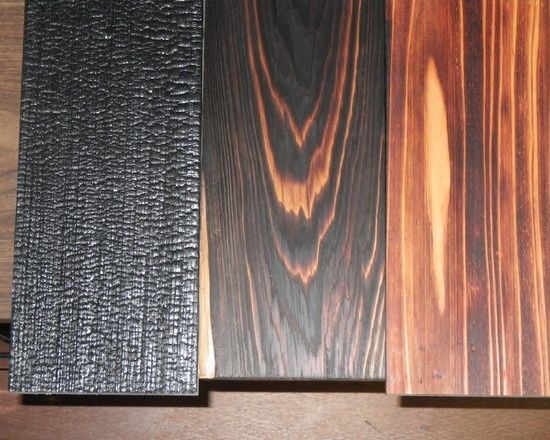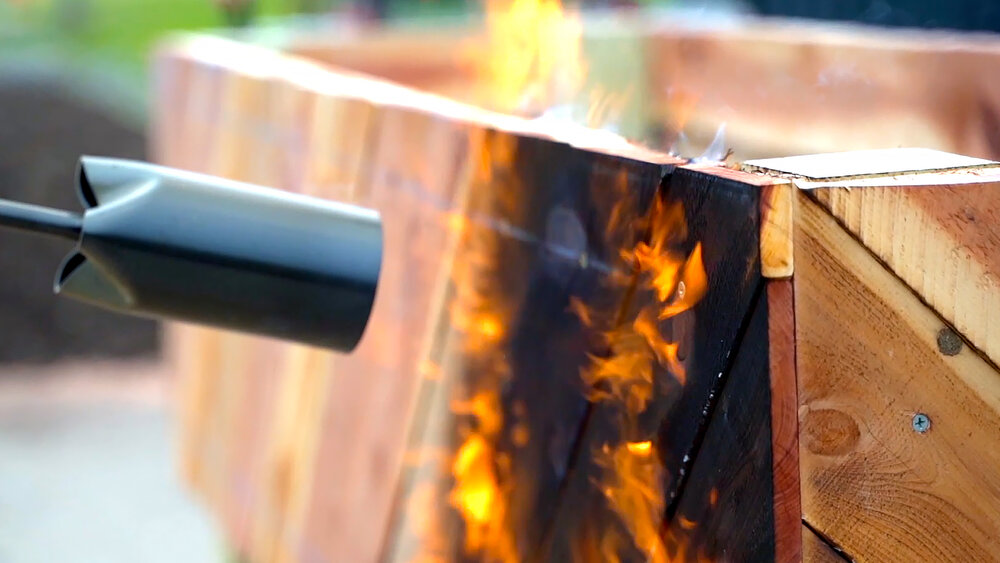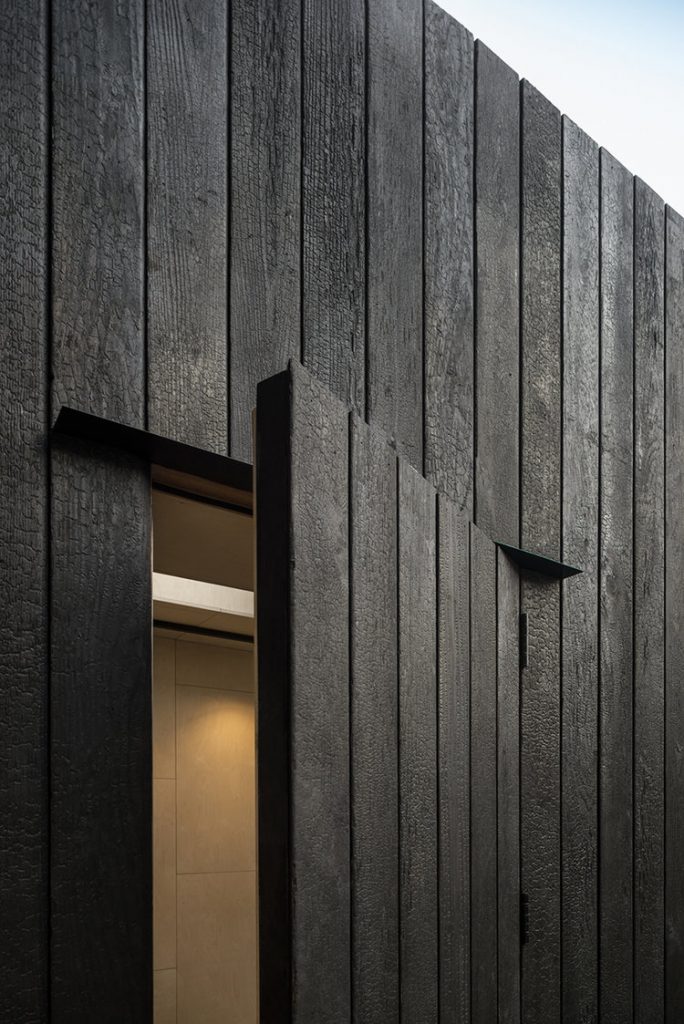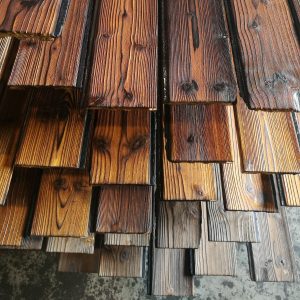Courtesy of Lloyd Alter @Treehugger.com

Treehugger used to run Materials Monday, a series looking at some of the green new materials available for green builders. While attending the Passive House Northwest conference in Seattle I saw that there is an explosion of innovation happening in materials and building components that are enabling the building of tighter, more energy efficient, greener and healthier buildings. The big problem will be that there is so much to talk about that I may have trouble keeping it to Monday!

What Is Shou Sugi Ban?
Touring 5 passive and near-passive projects in Seattle, I noticed that three of them were clad in the same material: Shou Sugi Ban. This is a traditional Japanese method of preserving cedar, where it is burned enough to create a layer of char on the outside. The char serves a number of functions: it seals and preserves the wood, it makes it significantly more fire-resistant, and termites and bugs hate it. According to Charred Wood, a supplier of Shou sugi ban, it can last 80 to 100 years without maintenance, and much longer if it is refinished with oil every 10 to 15 years. They call it “a natural, non-toxic way to preserve wood;” although its manufacture does involve fossil fuels in the modern method of manufacture and a lot of particulates in the traditional technique

At the Palantine Passive House designed by Tiffany Bowie of Malboeuf Bowie Architecture, they torched the wood themselves, and then wire brushed it and oiled it. The job took far longer than they expected but the results were quite beautiful.

At the View Haus 5, a townhouse development designed by B9 Architects for builder/developer Cascade Built, the wood is used as an architectural highlight material. I really liked its use here in the courtyard.
We have shown houses covered with Shou sugi ban before on TreeHugger (see under related links below) but it was surprising to see so many going up at once, 60% of the houses I saw on this tour. In each case they were used differently and had a totally different effect; vertical on one, diagonal on another, the third horizontal. but all three take advantage of its great benefits: It’s natural, sustainable, renewable and beautiful. I hope we see a lot more of it.


